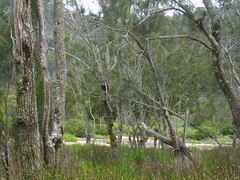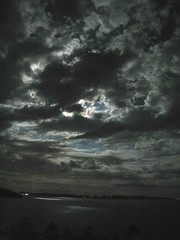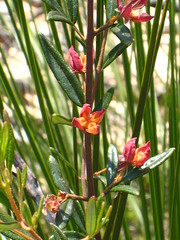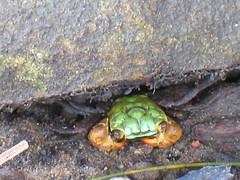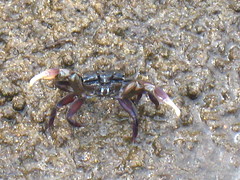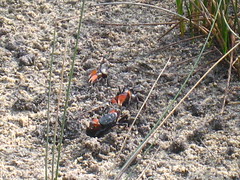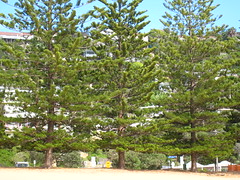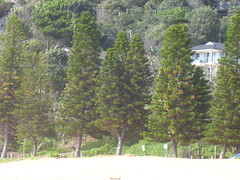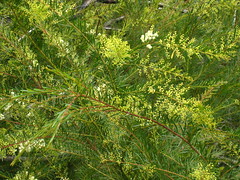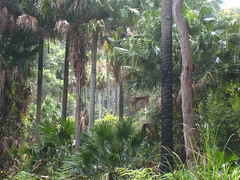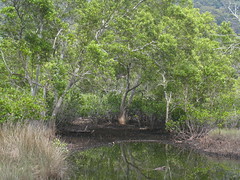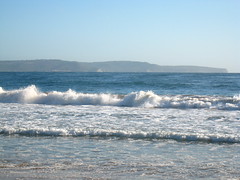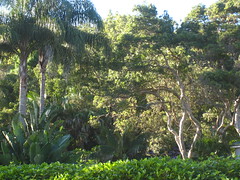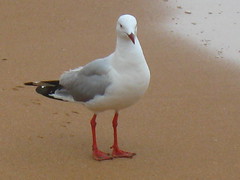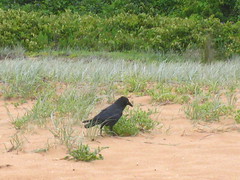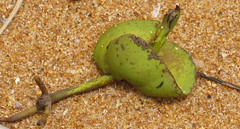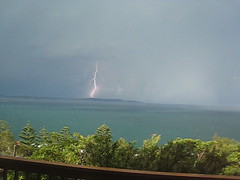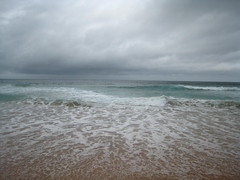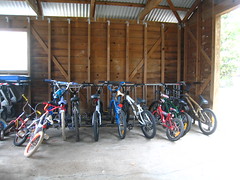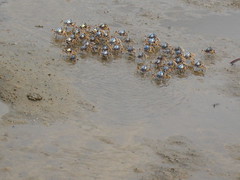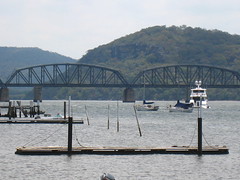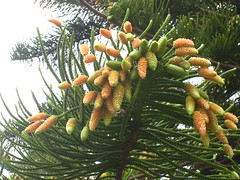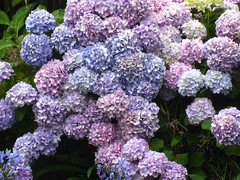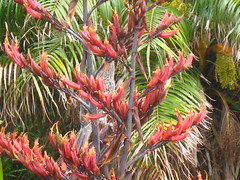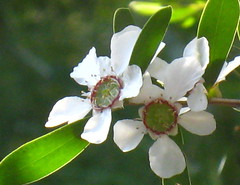 Casuarina in the rain
Casuarina in the rainSadly, in this democracy, most of us are completely unaware of the arithmetic of representation.
In the House of Representatives, each seat is a single member seat. To win one of these seats in parliament, a candidate needs exactly 50% + 1 vote, no more, to edge out all other candidates. Depending on where we live, most of us know that casting our vote for the lower house is mostly a waste of time: the party which represents us, is unlikely to change.
However, if Labor & Coalition voters were spread throughout the land, like raisins in a well made cake, in 50% + 1 would translate into a parliament of 100% of the seats - the winner takes all.
More recent democracies, such as Northern Ireland and Spain, avoid such a potentially unsatisfactory outcome, by using a system of multi-member electorates, with 3 or 5 members being returned per electorate.
How many votes will you need to be elected in a 3 member electorate. If 3 candidates each manage to garner 25% of votes cast + 1, then no other candidate can muster 25%, and those 3 will take their seats in the parliament. If there were only two parties, then 50% + 1 of the vote, would translate into 2/3 of the seats. Thus, a slim majority translated into a workable parliament, with a reasonable majority to allow legislation to pass in the absense of sick members, but also allows an opposition.
Some time in either the Fraser or Hawker era, we went from choosing 5 members per state in a half-senate election, to 6 members. This brought about our completely useless Senate, where for most of the past 20 years, a government with a lower house majority has had to amend every piece of legislation, to get passage of the bill in the Senate. Thus, in the past, we had for many years Senator Harridine exerting on influence on all legislation, yet having a representational base of 1/10 of a NSW senator. That meant that most promises made by an incoming government were rendered null and void, since every piece of legislation had to be negotiated with a Family First Senator, the Democrats, the Greens, Senator Harridine. No government could see its vision fulfilled and nor could voters see the outcome of their lower house choices.
So what is going on. When we had a state wide electorate returning 5 members (the Senate prior to the 80's), state-wide votes of just over 50% returned a Senate membership of 3 to 2: generally the party winning the lower house, taking 3 seats, the main opposition 2. Sometimes one of the minor parties took the 5th seat with the major parties taking 2 & 2. And in the Senate, that slim majority of just over 50% of the vote could give a half-Senate majority of up to 7. However, with not all states swinging the same way, more generally 2 or 3. A second half-Senate going the same way could cement the majority and a government had a chance of doing what it had been elected to do.
However, with 6 members, the slim majority translates to stalemate: 3 to 3 or 3, 2, 1, with a minor party taking the 1. Thus, at the last election, Labor toyed at some point with preferencing Family First before the Greens. With Liberal preferencing them also before the Greens, it would have been a virtually a certainty, that the final Senator would have been Family First.
To stop the tail wagging the dog, we need to return to the system of returning an odd number of Senators at each half-Senate election. We need to break the nexus between the two houses, to give us governments which can govern.
